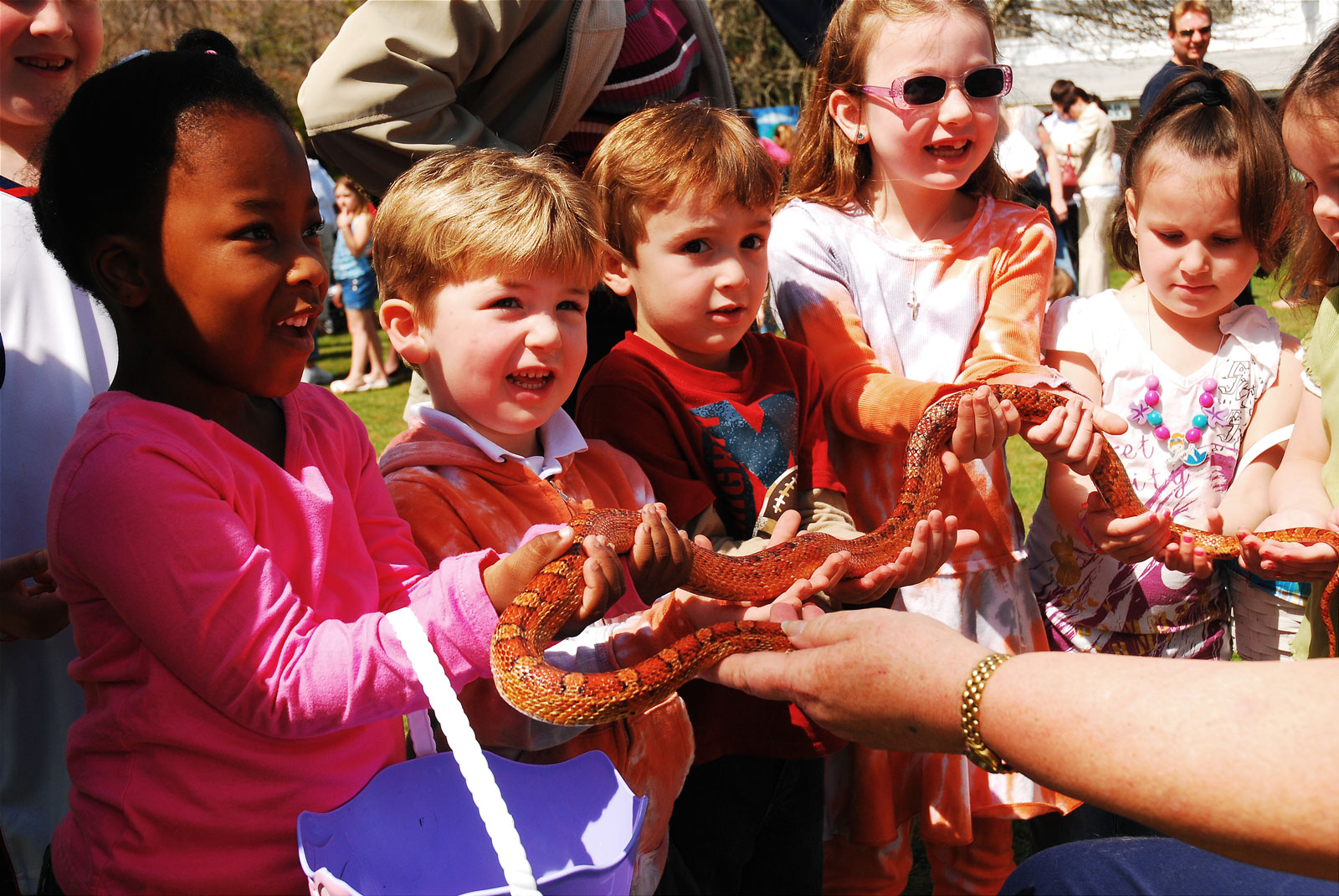1. Why create a non-credit learning experience?
We are committed to serving the needs of our learners and non-credit offerings provide unique opportunities to do this. They are designed to meet life-long learners right where they are now and advance their learning. Non-credit offerings break learning into small chunks and recognize learning that occurs outside of the classroom. They help learners develop new skills. They support learners as they create, store and share their own learning journey.

2. Who is your audience?
Describe who this experience is designed for. Non-credit offerings can be designed for by youth (pre-college), undergraduate or graduate students, alumni, or other lifelong learners. Who is this particular learning experience designed for?
- Youth (K-12 student)
- IANR undergraduate students
- IANR graduate students
- IANR alumni
- Adult community members
3. Who are your stakeholders?
Who are the internal or external stakeholders that might be interested in this non-credit offering? What proficiencies will potential employers’ value? Engage stakeholders to create an experience that is a valuable asset to both learners and stakeholders.
4. What will it cost?
There may be a cost for creating an online course or offering training. Will these costs be passed on to learners? If not, how will the costs be covered?
5. Describe your non-credit offering.
The description should explain what the learner will do, what skills they will develop and what they will learn in the process. Non-credit offerings can develop skills, competencies, personal qualities, or achievements. How will completion of the experience be measured? Is there an assessment or reflection at the end of the experience?
| Demonstrate developing a skill | Demonstrate mastering knowledge | Demonstrate leadership |
|---|---|---|
| Describe specific skill mastered | Describe specific knowledge mastered | Describe the leadership position |
Describe how earner will demonstrate their competency
|
Describe how earner will demonstrate mastery
|
Describe how the earner will demonstrate the competency as a leader
|
Supporting evidence that must/can be included
|
Supporting evidence that must/can be included
|
Describe evidence that must/can be included
|

6. Make a proposal.
With your plan ready, complete the IANR Non-Credit Approval Form for your proposed non-credit offering. The form will ask for
- A title for the learning experiences
- Description of the experience.
- Intended audience may be youth (pre-college), undergraduate or graduate students, alumni or other lifelong learners.
- Requirements and/or the process for completion
Upon submission, the form will automatically be forwarded to your immediate supervisor for approval.